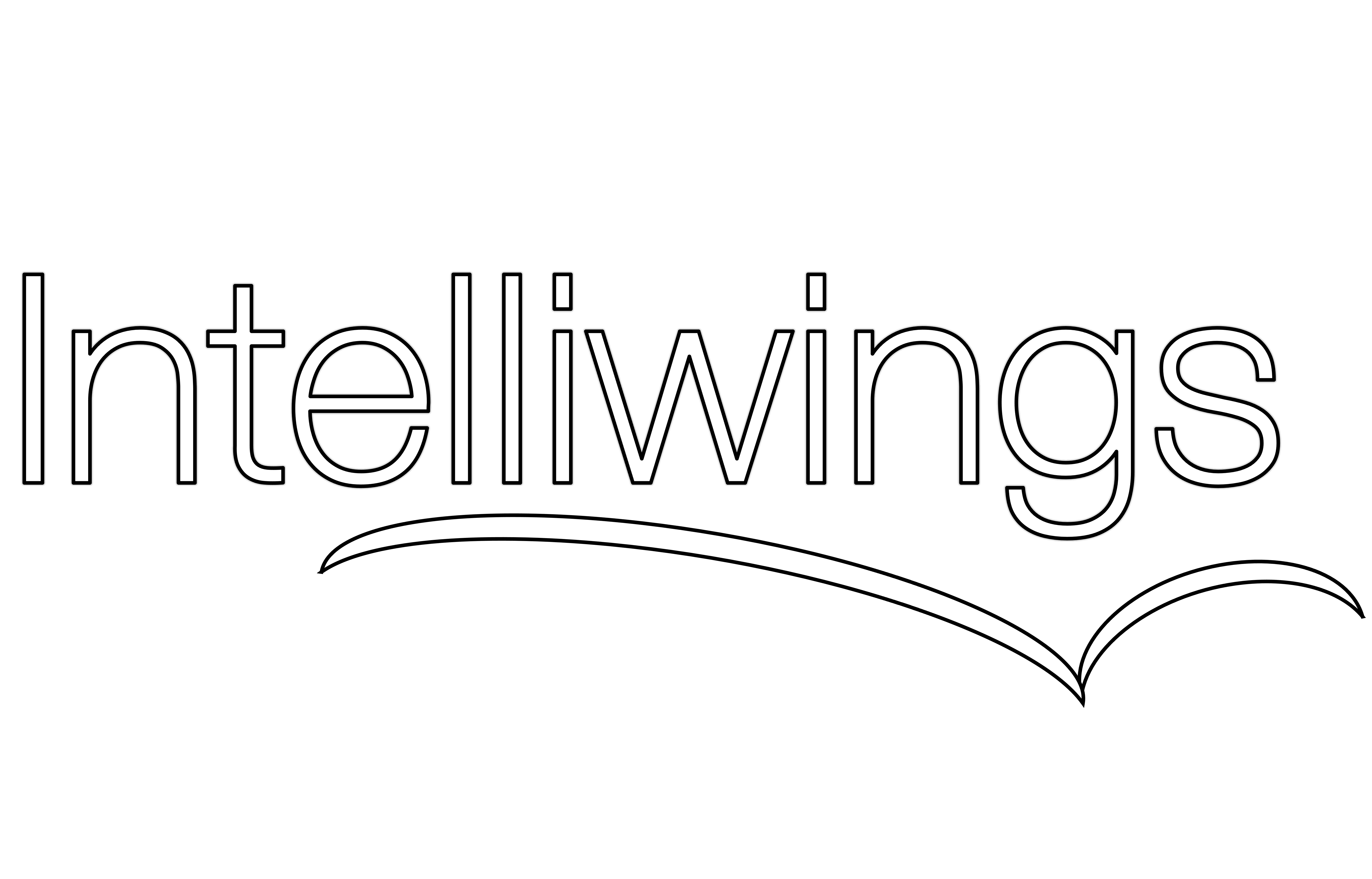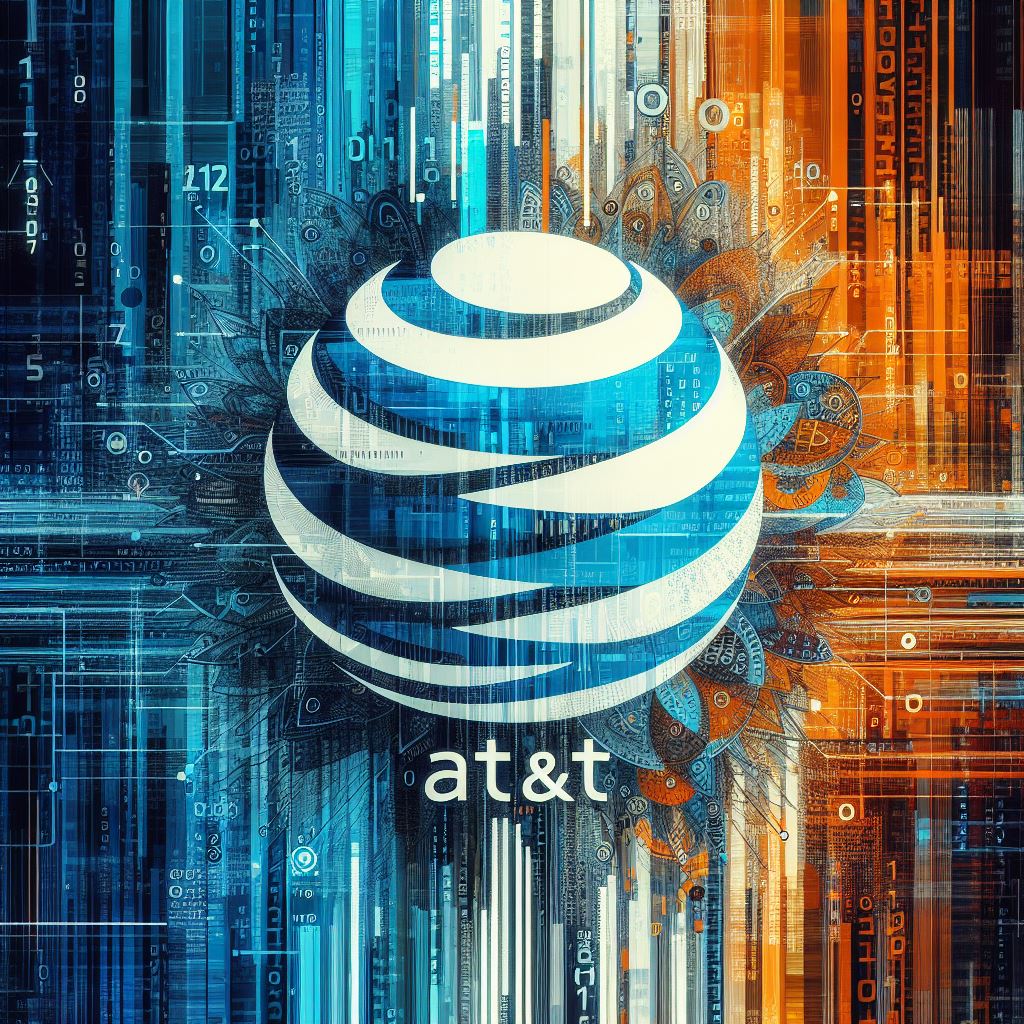From Deepfakes to Disclosure: Navigating YouTube’s New AI Content Policy
| By Lauren LaPorta |
Introduction
YouTube rolled out a new policy requiring video creators to disclose if their content includes AI-generated material. This move, announced on March 18th, comes in the wake of growing concerns over the spread of misinformation, especially with significant events like elections on the horizon. This article delves into the specifics of YouTube’s policy, its implications for creators and viewers, and the significance of this policy in pushing for increased transparency in the digital realm.
The New AI Content Policy on YouTube
YouTube’s decision to introduce AI tags is a response to the rapid development of AI software and its potential use on the platform. This policy aims to address the visual and auditory manipulation of content that users could mistake for reality, such as realistic but fictional scenarios or the alteration of images and videos of humans through deepfakes. This requirement is essential for videos depicting situations that, while not real, could easily be perceived as reality by unsuspecting viewers and spread misinformation.
The AI tags are designed to indicate “altered or synthetic content,” alerting viewers to the use of artificial voices or visuals that have been generated or significantly modified. This transparency is crucial, not just for maintaining the integrity of content but also for ensuring that viewers are fully aware of what they are watching.
Exemptions and Limitations
YouTube has clarified that not all uses of AI necessitate a tag. Content related to idea generation, scriptwriting, and other non-deceptive enhancements, such as beauty filters and special effects, are exempt. Interestingly, the policy does not currently extend to AI-generated thumbnails, although YouTube may address this in future updates.
Enforcement and Compliance
YouTube’s approach to enforcing this policy involves a combination of AI and human moderation to identify non-compliant user content. Content creators who fail to disclose AI usage in their videos face consequences, including the addition of an AI tag by YouTube, content removal, or even expulsion from the YouTube Partner Program, thereby losing revenue opportunities.
The Bigger Picture: YouTube’s Responsibility and Innovation
YouTube’s policy is a part of a larger effort to balance the creative opportunities afforded by AI with the responsibility to prevent misuse. By implementing this policy, YouTube positions itself as a model for other tech companies in addressing the complexities of AI in media to foster a safe and more trustworthy platform.
Implications for Creators and Viewers
For creators, the new policy demands a higher level of transparency and necessitate changes in how content is produced and labeled. The requirement to disclose AI usage encourages ethical content creation practices and helps maintain trust with audiences. For viewers, the policy enhances the ability to discern between real and AI-generated content, contributing to a more informed and authentic viewer experience.



